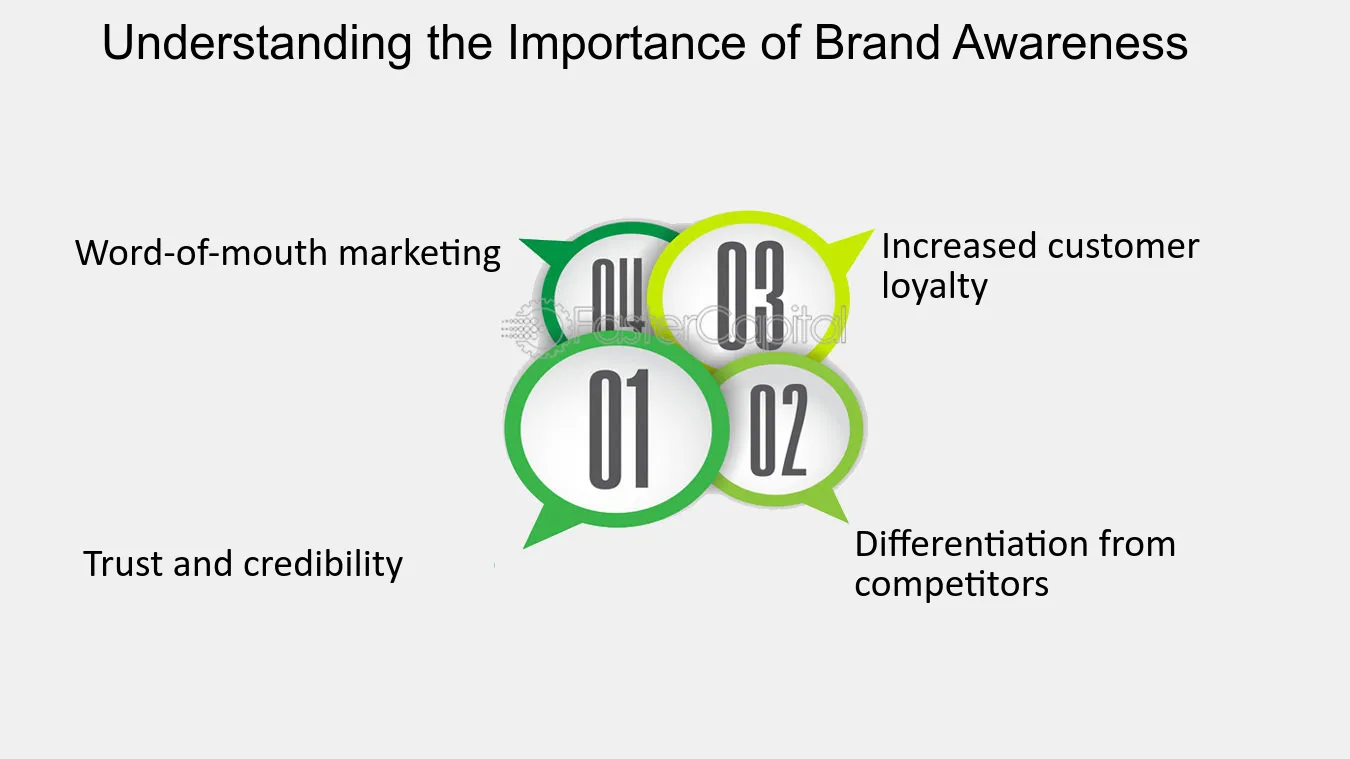
In today’s crowded marketplace, establishing a strong presence is essential for any brand aiming to capture attention and foster customer loyalty. Brand awareness is the critical first step in this process, serving as the foundation for building a robust and recognizable brand. This article explores the concept of brand awareness, why it matters, and effective strategies to enhance it.
What is Brand Awareness?
Brand awareness refers to the extent to which consumers are familiar with and recognize a brand. It encompasses both the ability of a consumer to recall a brand when prompted and their ability to recognize it when they encounter it.
High brand awareness means that a brand is top-of-mind for consumers and can significantly influence their purchasing decisions.
Why is Brand Awareness Important?
- Customer Recognition: High brand awareness ensures that your brand stands out in the minds of consumers. When customers are familiar with a brand, they are more likely to consider it when making purchasing decisions.
- Increased Trust and Credibility: Familiarity with a brand can lead to greater trust and credibility. Consumers are generally more inclined to buy from brands they recognize and perceive as reliable.
- Market Penetration: Building brand awareness is crucial for market entry and expansion. A well-recognized brand can more easily penetrate new markets and attract a wider audience.
- Competitive Advantage: Strong brand awareness provides a competitive edge by differentiating your brand from competitors. It helps establish a unique position in the market and can influence consumer preference.
- Word-of-Mouth Marketing: Brands with high awareness are more likely to benefit from word-of-mouth recommendations. Satisfied customers are more likely to share their positive experiences with others, further enhancing brand visibility.
Strategies for Building Brand Awareness
- Develop a Strong Brand Identity: Create a memorable and distinctive brand identity that includes a compelling logo, consistent color scheme, and a clear brand message. Ensure that all brand elements reflect your brand’s values and resonate with your target audience.
- Leverage Social Media: Utilize social media platforms to engage with your audience and increase visibility. Regularly post content that is relevant and valuable to your followers, and use paid advertising to reach a broader audience.
- Invest in Content Marketing: Produce high-quality, informative, and engaging content that addresses your audience’s needs and interests. Content marketing, such as blog posts, videos, and infographics, can help establish your brand as an authority in your industry.
- Implement SEO Best Practices: Optimize your website and content for search engines to improve your brand’s visibility in search results. Effective SEO strategies help drive organic traffic and enhance brand recognition.
- Run Targeted Advertising Campaigns: Use online and offline advertising to reach your target audience. Paid ads, such as Google Ads, social media ads, and display ads, can increase brand visibility and drive traffic to your website.
- Engage in Public Relations: Build relationships with media outlets and influencers to gain coverage and endorsements. Positive media exposure and influencer partnerships can amplify your brand’s reach and credibility.
- Participate in Events and Sponsorships: Attend industry events, trade shows, and community events to showcase your brand and interact with potential customers. Sponsoring events or local initiatives can also boost brand visibility.
- Offer Promotions and Giveaways: Run promotions, contests, and giveaways to attract attention and engage with your audience. These activities can generate buzz and increase brand exposure.
- Leverage Partnerships and Collaborations: Partner with complementary brands or businesses to co-create content or run joint campaigns. Collaborative efforts can help reach new audiences and enhance brand awareness.
- Focus on Customer Experience: Provide exceptional customer service and experiences to create positive word-of-mouth and repeat business. Satisfied customers are likely to share their positive experiences, contributing to increased brand awareness.
Measuring Brand Awareness
- Brand Recognition Surveys: Conduct surveys to assess how well consumers recognize your brand. Surveys can reveal the level of brand recall and recognition among your target audience.
- Social Media Metrics: Monitor social media metrics such as followers, likes, shares, and mentions. These metrics provide insights into the level of engagement and visibility your brand is receiving.
- Website Traffic: Analyze website traffic and referral sources to determine the effectiveness of your brand awareness efforts. Increased traffic from organic search, social media, and other channels indicates growing brand awareness.
- Search Volume Data: Use tools like Google Trends and keyword planners to track search volume and keyword trends related to your brand. An increase in search volume suggests improved brand recognition.
- Media Coverage: Evaluate the quantity and quality of media coverage and mentions your brand receives. Positive media exposure and press coverage contribute to increased brand awareness.
- Customer Feedback and Reviews: Review customer feedback and online reviews to gauge brand recognition and perception. Feedback can provide insights into how well customers know and perceive your brand.
- Brand Tracking Studies: Conduct brand tracking studies to measure changes in brand awareness over time. Tracking studies can help assess the impact of marketing campaigns and other brand-building efforts.
Conclusion
Brand awareness is a critical component of successful branding and marketing strategies. By focusing on developing a strong brand identity, leveraging various marketing channels, and continuously measuring effectiveness, businesses can enhance their visibility and build a solid foundation for long-term success.
Increased brand awareness not only drives consumer recognition and trust but also provides a competitive advantage in a crowded marketplace.
Investing in strategies to boost brand awareness is a key step toward achieving sustained growth and market leadership.

